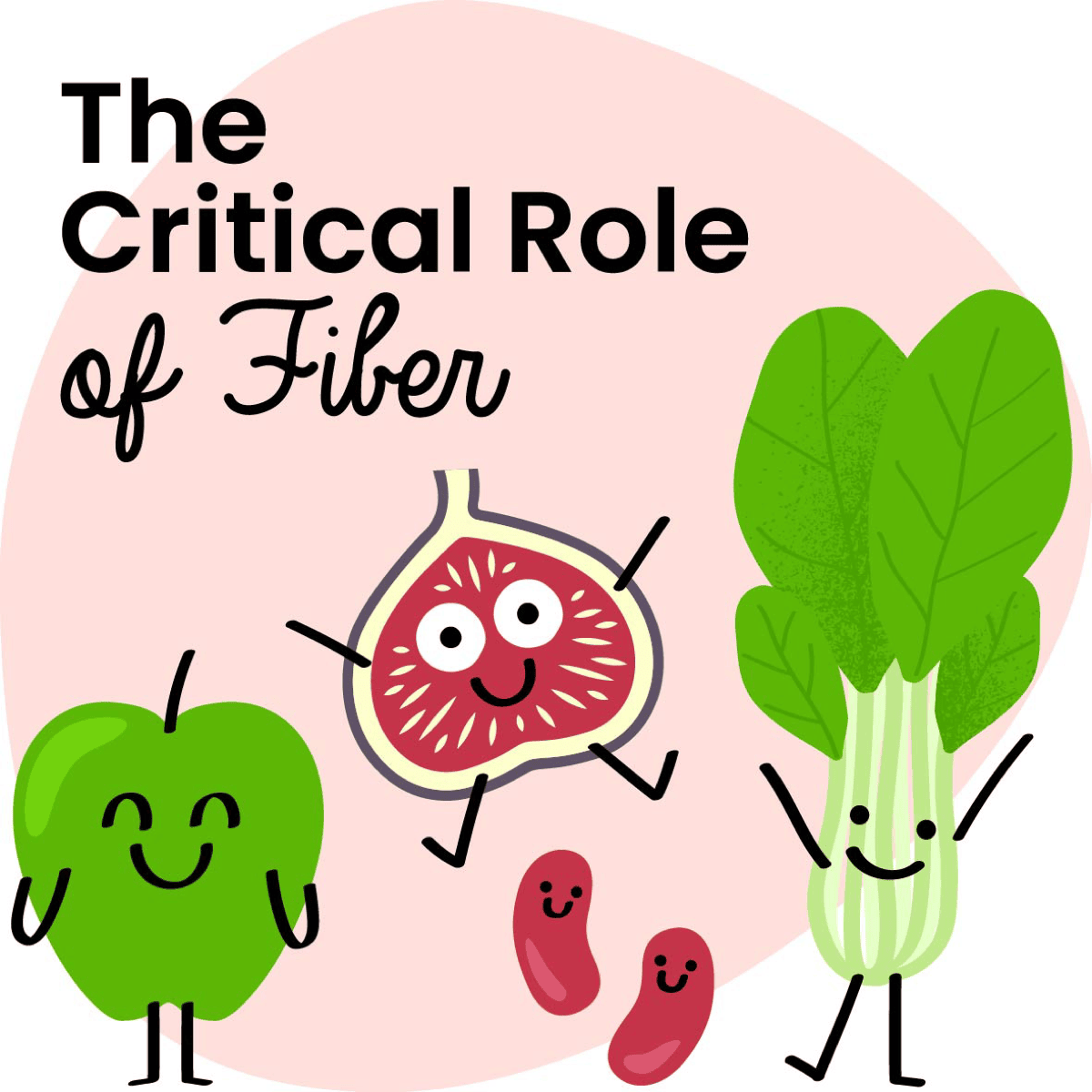Fiber is critical to our health. The DGE (Deutsche Gesellschaft für Ernährung) recommends consuming 30 grams per day. Yet 75% of women and 68% of men consume fewer than 30 grams of fiber per day.
What is fiber?
Fiber actually belongs to the carbohydrate family. But, unlike starch and sugar, fiber is akind of carbohydrate that is neither digested nor absorbed by the body. That means it has no nutritional value.
And yet it plays an essential role in digestion and in overall health. Fiber also ensures the bacteria in our gut are properly fed.
There are two major types of fiber:
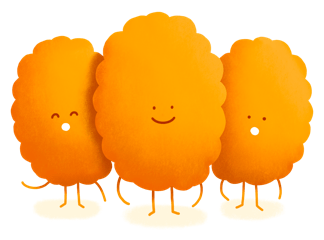 | Soluble fiber: it disperses in water and forms a viscous gel in the body when it comes in contact with water. |
 | Insoluble fiber: it does not dissolve in water, but instead absorbs water. It works a bit like a sponge, which means it has a high capacity for expansion. |
Fiber: an indispensable health ally
Fiber has many benefits and eating high-quality fiber is essential to staying healthy.
1) Blood glucose regulation
Fiber regulates blood glucose. By forming a viscous gel in the intestine, it slows down glucose absorption. When you consume enough fiber, blood glucose will not rise as much after a meal.
Thus, fiber helps prevent extreme fluctuations in blood sugar levels that would otherwise cause fatigue, weight gain and reduced insulin sensitivity (see our article on carbohydrates). That is what makes them a key ally in preventing the risk of diabetes.
Good blood glucose regulation is also strongly linked to the prevention of cardiovascular diseases.
2) Satiety and weight management
Fiber has a significant impact on satiety, which means it is linked to weight management. After ingestion, fiber soaks up a lot of water. That is how it makes you feel full and helps regulate the appetite.
In addition, foods that contain a lot of fiber require more chewing, which is also an important part of feeling satiated. For example, it stimulates a variety of receptors (tongue, teeth, palate, etc.) that will then tell the brain that we are eating and taking in nutrients.
3) Digestive aid
Fiber is essential to good digestion. The insoluble fiber will swell up with water and increase the volume of your food intake, which makes it easier to eliminate through the stool.
This is why consuming adequate amounts of fiber helps prevent constipation.
4) Minimization of contact with toxins
Lastly, fiber limits the time of contact between the intestinal lining and toxins (pesticides, food additives, alcohol, etc.).
Thus, fiber helps reduce the risk of colon cancer because the digestive tract is less exposed to toxins.
Fiber-rich foods
Fiber is found in all plants, especially:
 | Fruits: bananas, apples, pears, raspberries, figs, nectarines, etc. |
 | Vegetables: artichokes, spinach, green beans, broccoli, cauliflower, etc. |
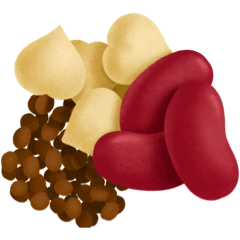 | Legumes: lentils, beans, chickpeas, white beans, etc. |
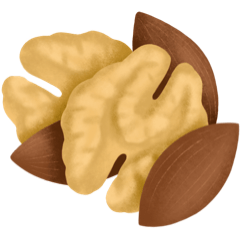 | Nuts: almonds, pistachios, peanuts, walnuts, hazelnuts, etc. |
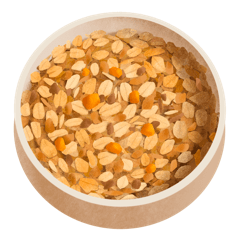 | Grains: oats, rye, quinoa, brown rice, whole grain bread, etc. |
How can you eat more fiber?
First, it is important to increase your fiber intake gradually. Eating more fiber can be somewhat disruptive to your digestive system, so it is crucial to give your intestines time to adapt. You should also take care to properly hydrate throughout the day to encourage the fiber to move through your system.
- Eat fruits and vegetables with the skin on (and buy organic produce because pesticides are mainly concentrated in the skin).
- If you have a sensitive digestive system, opt for cooked vegetables because cooking makes the fiber easier to digest.
- Add nuts (almonds, hazelnuts, walnuts) to your snacks, yogurts and salads.
- Consume whole fruit at breakfast instead of fruit juice.
- Remember to eat legumes (lentils, chickpeas, white or red beans, etc.), which are very high in fiber and protein. They are good meat replacements for some of your meals.
- Replace a portion of the white flour in your recipes with whole wheat or whole white flour.
- Prioritize whole grains: brown rice, whole grain bread, whole grain pasta, etc.
- https://ilfattoalimentare.it/frutta-e-verdura-statistiche-eurostat.html
- MEtude NutriNet-Sante : https://info.etude-nutrinet-sante.fr/protectednew/pdf/DOSSIER_PRESSE_Nutrinet-Sante_22_11_12.pdf
- Feder D, Fonseca FLA. Chapter 2 - The Mechanism of Fiber Effects on Insulin Resistance. In: Samaan RA, ed. Dietary Fiber for the Prevention of Cardiovascular Disease. Academic Press; 2017:23-33. doi:10.1016/B978-0-12-805130-6.00002-1
- Patel S. Anti-Obesity and Anti-Diabetes Foods: High Fibre Diets. In: Melton L, Shahidi F, Varelis P, eds. Encyclopedia of Food Chemistry. Oxford: Academic Press; 2019:248-252. doi:10.1016/B978-0-08-100596-5.21734-4
- De Vadder F, Kovatcheva-Datchary P, Goncalves D, Vinera J, Zitoun C, Duchampt A, Bäckhed F, Mithieux G. Microbiota-generated metabolites promote metabolic benefits via gut-brain neural circuits. Cell. 2014 Jan 16;156(1-2):84-96. doi: 10.1016/j.cell.2013.12.016. Epub 2014 Jan 9. PubMed PMID: 24412651.
- Threapleton DE, Greenwood DC, Evans CE, Cleghorn CL, Nykjaer C, Woodhead C, Cade JE, Gale CP, Burley VJ. Dietary fibre intake and risk of cardiovascular disease: systematic review and meta-analysis. BMJ. 2013 Dec 19;347:f6879. doi: 10.1136/bmj.f6879. Review. PubMed PMID: 24355537; PubMed Central PMCID: PMC3898422.
- Imai S, Fukui M, Kajiyama S. Effect of eating vegetables before carbohydrates on glucose excursions in patients with type 2 diabetes. J Clin Biochem Nutr. 2014 Jan;54(1):7-11. doi: 10.3164/jcbn.13-67. Epub 2013 Dec 27. Review. PubMed PMID: 24426184; PubMed Central PMCID: PMC3882489.
- BROWNLEE, Iain A., CHATER, Peter I., PEARSON, Jeff P., et al. Dietary fibre and weight loss: Where are we now?. Food Hydrocolloids, 2017, vol. 68, p. 186-191.
- Chandalia M, Garg A, Lutjohann D, von Bergmann K, Grundy SM, Brinkley LJ. Beneficial effects of high dietary fiber intake in patients with type 2 diabetes mellitus. N Engl J Med. 2000 May 11;342(19):1392-8. PubMed PMID: 10805824.
- Kim Y, Je Y. Dietary fibre intake and mortality from cardiovascular disease and all cancers: A meta-analysis of prospective cohort studies. Arch Cardiovasc Dis. 2016 Jan;109(1):39-54. doi: 10.1016/j.acvd.2015.09.005. Epub 2015 Dec 18. Review. PubMed PMID: 26711548.
- https://ciqual.anses.fr/


